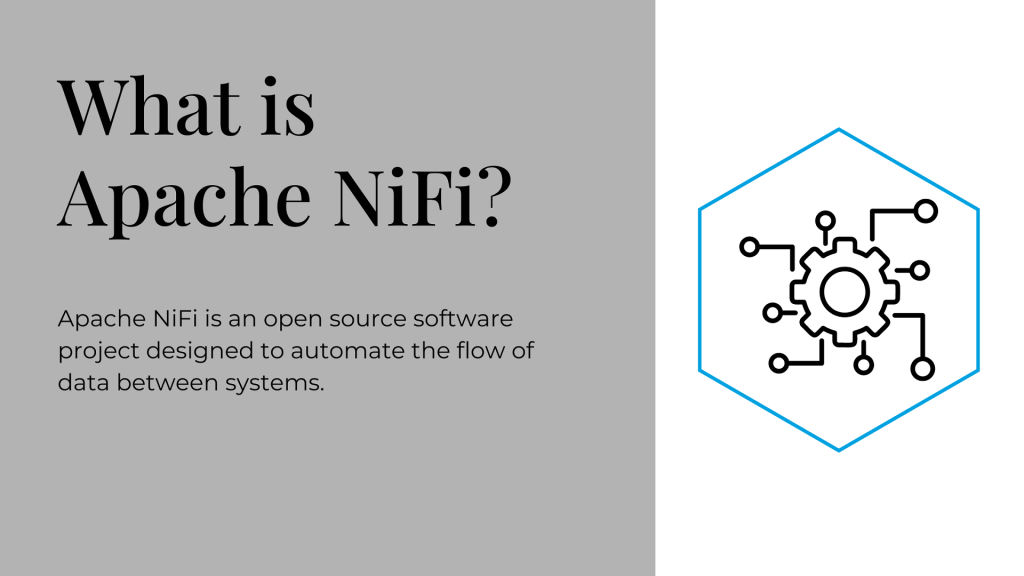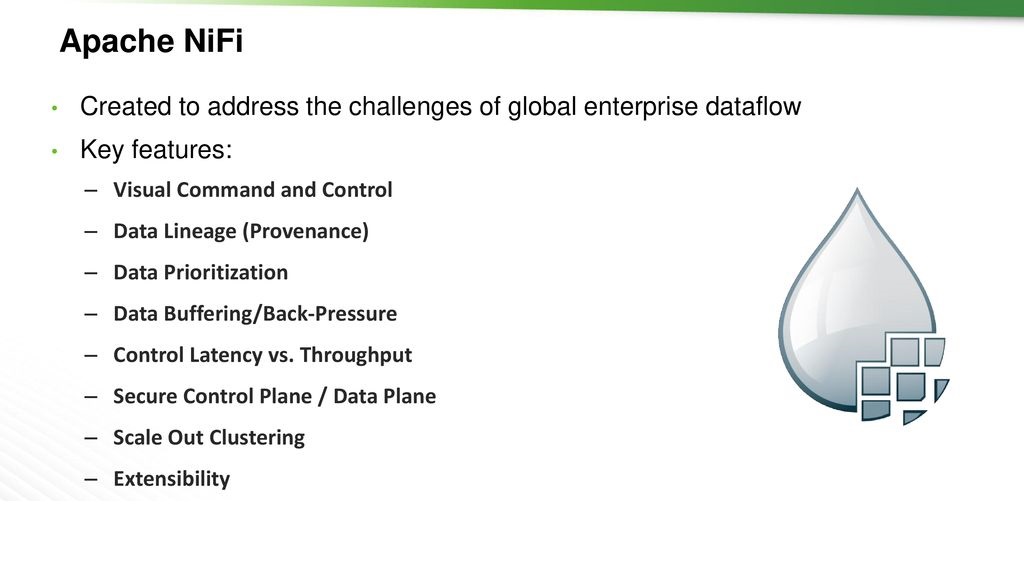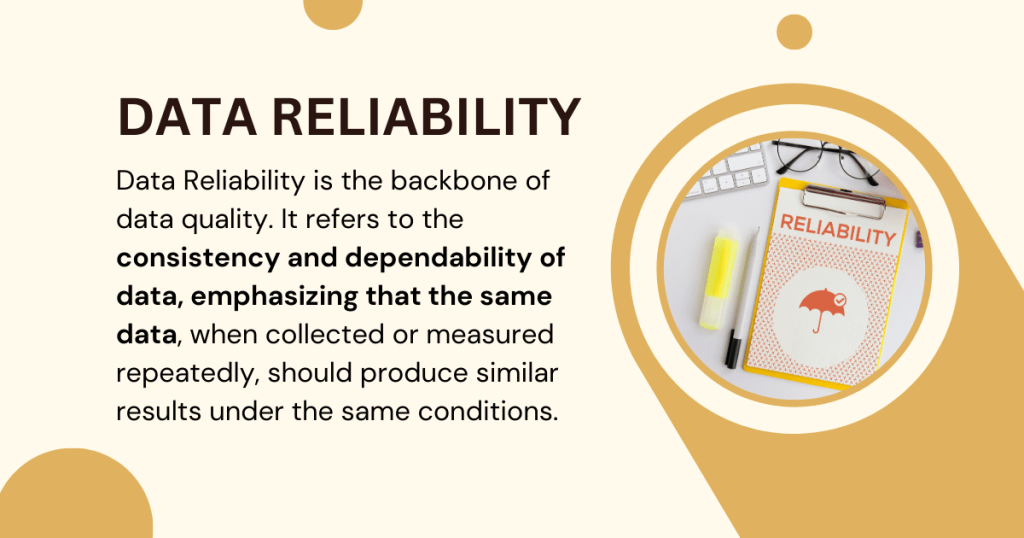Apache NiFi is a powerful data ingestion and ETL tool that has gained significant popularity in recent years. To help you ace your NiFi interviews, we’ve compiled a list of the top 30 questions and answers.
1. What is Apache NiFi?
Answer: Apache NiFi is a powerful data flow management tool that provides an easy-to-use interface for automating data movement between systems. It is used for ingesting, processing, and distributing large amounts of data in real time.

2. What are the key features of Apache NiFi?
Answer: Key features include visual flow-based programming, real-time data ingestion, data provenance tracking, high scalability, secure data transfer, and built-in scheduling.

3. What is data flow in NiFi?
Answer: Data flow in NiFi refers to the movement of data between sources and destinations. It defines the path that data follows through various processors, including any transformations applied along the way.
3. How does NiFi ensure data reliability and durability?
NiFi employs a variety of mechanisms to ensure data reliability and durability, including:
- FlowFile Provenance: Tracks the lineage of each FlowFile.
- Backpressure: Prevents data overload by slowing down upstream components.
- Data Provenance: Tracks the lineage of each FlowFile.
- FlowFile Prioritization: Prioritizes FlowFiles based on their importance.
- Error Handling: Provides robust error handling mechanisms to prevent data loss.

4. What are the different types of Processors in NiFi?
NiFi offers a wide range of Processors, including:
- Input Processors: Fetch data from various sources like files, databases, and APIs.
- Transformation Processors: Modify and transform data, such as filtering, routing, and splitting.
- Output Processors: Send data to various destinations, including files, databases, and other systems.
5. How do you schedule data flow execution in NiFi?
NiFi allows you to schedule data flows using the following methods:
- Cron Expression: Define schedules using cron expressions to automate data ingestion and processing.
- Time-Based Triggers: Set up time-based triggers to execute data flows at specific intervals.
- Event-Driven Triggers: Trigger data flows based on external events or internal signals.
6. What is NiFi Registry and how is it used?
NiFi Registry is a centralized repository for storing and managing NiFi templates, process groups, and configurations. It enables you to version control data flows, share them across teams, and promote best practices.
7. How do you monitor and troubleshoot NiFi flows?
NiFi provides a robust monitoring and troubleshooting framework:
- FlowFile Monitoring: Track the flow of data through your NiFi flows.
- Processor Metrics: Monitor the performance and health of individual Processors.
- FlowFile Provenance: Trace the lineage of FlowFiles to identify issues.
- Logging: Analyze logs to gain insights into data flow execution.
8. What is NiFi Expression Language (EL)?
NiFi Expression Language (EL) is a powerful language used to dynamically manipulate data within NiFi flows. It allows you to create dynamic flow files, route data based on conditions, and perform text manipulation.
9. How do you secure NiFi clusters?
NiFi offers several security mechanisms to protect your data flows:
- User Authentication: Control access to NiFi using user authentication and authorization.
- Data Encryption: Encrypt sensitive data using encryption algorithms.
- Network Security: Secure network communication between NiFi nodes.
- Audit Logging: Track user activities and system events.
10. What is NiFi Cluster and how does it work?
A NiFi Cluster is a distributed system of NiFi nodes that work together to process data. It enables horizontal scaling, load balancing, and fault tolerance.
11. What are the advantages of using Apache NiFi?
NiFi offers several advantages:
- User-friendly interface: Easy to learn and use.
- Scalability: Handles large-scale data processing.
- Reliability: Ensures data integrity and durability.
- Extensibility: Can be customized with custom Processors and extensions.
- Integration with other systems: Integrates seamlessly with other tools and technologies.
12. What are the disadvantages of using Apache NiFi?
While NiFi is a powerful tool, it has some limitations:
- Steep learning curve for advanced configurations: Advanced configurations can be complex.
- Performance overhead: Can be resource-intensive for large-scale data flows.
- Complexity for simple data flows: May be overkill for simple data ingestion tasks.
13. What are some common use cases of Apache NiFi?
NiFi is used in a wide range of applications, including:
- Data ingestion: Ingesting data from various sources like databases, APIs, and files.
- ETL processes: Transforming and loading data into data warehouses and data lakes.
- Data streaming: Processing real-time data streams.
- Data integration: Integrating data from multiple systems.
- Data quality assurance: Validating and cleaning data.
14. How do you handle errors and retries in NiFi?
NiFi provides several mechanisms for error handling and retries:
- Retry Logic: Configure Processors to retry failed operations.
- Backoff Policies: Implement exponential backoff to avoid overwhelming systems.
- Dead-Letter Process Groups: Route failed FlowFiles to a designated process group for analysis.
- Error FlowFile: Generate error FlowFiles to track failed data.
15. What is NiFi Expression Language (EL) and how is it used?
NiFi Expression Language (EL) is a powerful language used to dynamically manipulate data within NiFi flows. It allows you to create dynamic flow files, route data based on conditions, and perform text manipulation.
16. How do you monitor the performance of NiFi flows?
NiFi provides a robust monitoring and troubleshooting framework:
- FlowFile Monitoring: Track the flow of data through your NiFi flows.
- Processor Metrics: Monitor the performance and health of individual Processors.
- FlowFile Provenance: Trace the lineage of FlowFiles to identify issues.
- Logging: Analyze logs to gain insights into data flow execution.
17. What is NiFi Registry and how is it used?
NiFi Registry is a centralized repository for storing and managing NiFi templates, process groups, and configurations. It enables you to version control data flows, share them across teams, and promote best practices.
18. How do you secure NiFi clusters? NiFi offers several security mechanisms to protect your data flows:
- User Authentication: Control access to NiFi using user authentication and authorization.
- Data Encryption: Encrypt sensitive data using encryption algorithms.
- Network Security: Secure network communication between NiFi nodes.
- Audit Logging: Track user activities and system events.
19. How do you integrate NiFi with other tools and technologies?
NiFi can be integrated with a variety of tools and technologies, including:
- Message queues: Kafka, RabbitMQ
- Databases: MySQL, Oracle, PostgreSQL
- Big Data frameworks: Hadoop, Spark, Flink
- Cloud platforms: AWS, Azure, GCP
20. What are some best practices for using NiFi?
- Plan your data flow: Design your data flow carefully, considering data sources, transformations, and destinations.
- Modularize your flows: Break down complex flows into smaller, reusable process groups.
- Use NiFi Expression Language effectively: Leverage EL to dynamically manipulate data.
- Monitor and troubleshoot your flows: Keep an eye on your flows and troubleshoot issues promptly.
- Secure your NiFi cluster: Implement appropriate security measures to protect your data.
21. What is the difference between NiFi and Apache Airflow?
While both NiFi and Airflow are powerful data flow tools, they have distinct characteristics:
- NiFi: Focuses on data flow and real-time processing, with a user-friendly interface.
- Airflow: Focuses on scheduling and orchestrating data pipelines, with a programming-centric approach.
22. How do you handle large-scale data flows in NiFi?
NiFi can handle large-scale data flows through:
- NiFi Cluster: Distribute the workload across multiple nodes.
- Parallel Processing: Process data in parallel using multiple Processors.
- Batching: Process data in batches to improve performance.
- Compression: Compress data to reduce storage and transmission costs.
23. How do you customize NiFi with custom Processors?
NiFi allows you to create custom Processors using Java or Jython to extend its functionality. This enables you to implement specific data transformations and integrations.
24. How do you handle data quality and validation in NiFi?
NiFi provides several mechanisms for data quality and validation:
- Validation Processors: Validate data against specific criteria.
- Filtering Processors: Filter out invalid or unwanted data.
- Data Quality Services: Integrate with external data quality services.
25. What are NiFi variables, and how are they used?
Answer: NiFi variables are user-defined values that can be used in processor configurations. They help in parameterizing flows, making it easier to manage configurations across environments.
26. What is the difference between NiFi and other ETL tools?
Answer: NiFi is more versatile than traditional ETL tools due to its real-time data processing capabilities, visual flow design, and ease of integrating with various big data ecosystems.
27. Can NiFi handle batch processing?
Answer: Yes, NiFi can handle batch processing by configuring scheduling options for processors to execute at specific intervals.
28. What are the security features in Apache NiFi?
Answer: NiFi provides security features such as SSL/TLS encryption, user authentication and authorization, and data access control through policies and roles.
29. How does NiFi manage performance?
Answer: NiFi manages performance by allowing users to fine-tune resource allocation, such as configuring memory and processor usage, handling backpressure, and optimizing connection settings.
30. What is the role of a Controller Service in NiFi?
Answer: A Controller Service in NiFi provides shared services such as database connections or distributed cache access that multiple processors can reuse in a data flow.